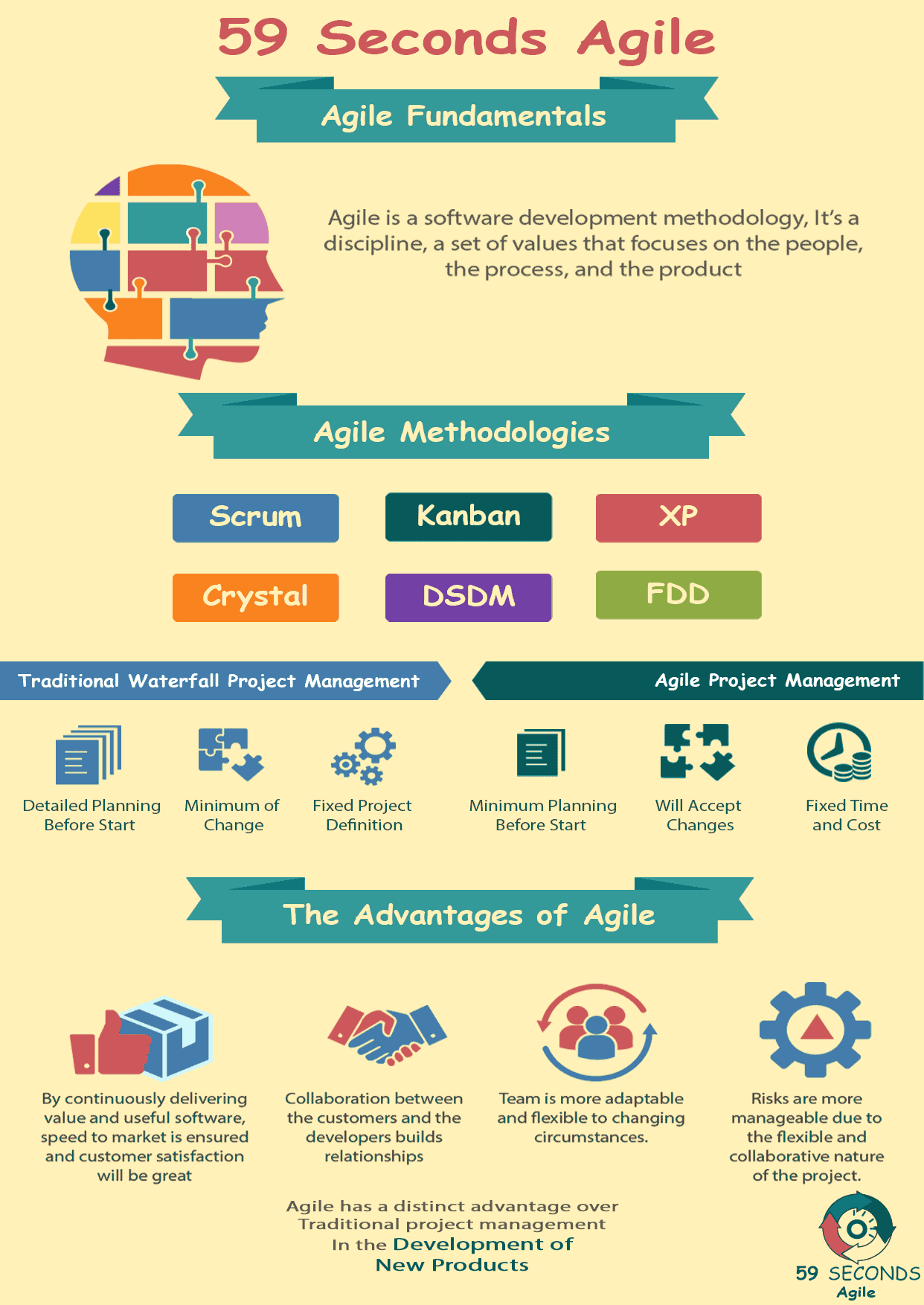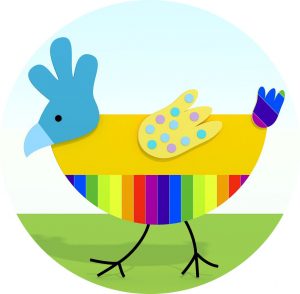This article looks to discuss Scrum Product Development and the Agile Frameworks. The article also takes a look at the Scrum Principles and Processes.
The Agile Fundamentals
A 59 Seconds Agile Video Animation
Scrum Product Development and the Agile Frameworks
A 59 Seconds Agile Article
The Scrum Framework is an Agile Software Development framework for managing Product Development in an iterative and incremental manner. Scrum is one of the fastest growing management methods today, because of its flexibility to adapt to the delivery of projects and other products and services. Scrum focuses on evolutionary development, early delivery, and continuous improvement, which enables the processes of Scrum to adapt quickly to changing market forces. This is a key principle of Scrum enabling Customers to change their minds about what they want and need while minimizing process waste.

Scrum Product Development and The Scrum Processes
The key principle of Scrum is the knowledge that the long-term requirements for a product cannot be fully understood at the beginning of the project. Changing business environments can be caused by many factors, from environmental, to technological, regardless of source the team needs to be flexible enough to adapt to these changes. Traditional project management approaches such Waterfall are rather less adaptive to change and respond slowly. Additionally achieving the benefits of the Scrum Framework can be realized by understanding the Scrum Framework better through knowledge of the underlying principles, processes, and aspects.
Scrum Product Development and the Scrum Principles
The Scrum Principles are then:
- Empirical Process Control and Self Organising Teams
- Team Collaboration and Prioritisation of High-Value Features
- Time-Boxing and Iterative Development
Then the Scrum processes are as follows:
- Requirement Elaboration and Design
- Development and Testing
- Integration, Documentation, and Approval
Scrum then focuses on the highest priority Tasks and these Tasks are then prioritized and fully developed and tested.
Scrum Product Development and the Advantages of Scrum
Incremental product delivery reduces the time to market and may also result in increased product revenue. Delivering incrementally also allows the development team to easily change the project scope or direction at any time. The product owner is responsible for facilitating changing requirements, and they may do so providing that the project deadline and budget remain fixed variables. The product requirements, however, should remain flexible. Furthermore, anticipating these changes in advance is a contributing factor to a successful project.
Furthermore, there are many additional advantages of Scrum including:
- Customer Feedback is early and continuous
- Reduced Product and process waste
- Daily clarity on progress
Prev <— Continue Reading —> Next
User Stories Applied
A 59 Seconds Agile Book Review
User Stories Applied by Mike Cohn is one of our favourite books on Agile User Stories. The book starts with an overview into user stories, and details what a user story is and the different aspects of them. He then discusses how to go about writing a user story, and provides details of the INVEST criteria that can be used to determine if the story is meeting all of its objectives. Next Mike gives an in depth discussion of who user stories are written for and where to begin when gathering the details for them. The book then discusses acceptance testing user stories, including how to go about specifying these criteria and the responsibilities of the development team and customers during this process.
Prev <— Continue Reading —> Next
Learn More
Agile Project Management Training Courses
Agile Fundamentals
A 59 Seconds Agile Infographic

Prev <— Continue Reading —> Next
Our Favourite Agile Books




